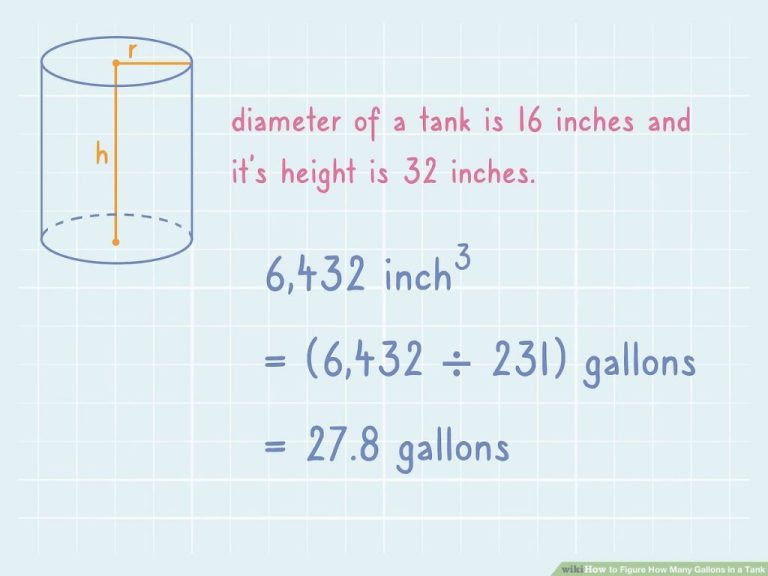Why Use A Relay Instead Of A Switch?
A relay and a switch are both electrical components that are used to control the flow of current in a circuit. However, there are some key differences between how they operate.
A switch is a simple electromechanical device that manually connects or disconnects a circuit to control the flow of current. Switches are operated directly by a person flipping the switch on or off. Common examples are light switches, power switches, and push button switches.
A relay is an electrically operated switch that uses an electromagnet to mechanically control contacts and switch a circuit on or off. Relays allow a low power circuit to control a higher power circuit, providing isolation between control and controlled circuits. Relays are controlled remotely by an electrical signal rather than manual operation. Relays are commonly used in industrial controls, automation systems, and appliances.
In summary, relays offer more versatility, automation capabilities, and circuit isolation compared to basic switches. However, switches are simpler and lower cost. The choice depends on the specific requirements of the application.
Current Ratings
Switches are limited by their contact current rating, which is the maximum current the switch contacts can handle without overheating or welding together. This rating is typically 15-20A for standard light switches. Exceeding this limit will damage or destroy the switch over repeated cycles.
Relays contain an electromagnet that actuates the relay contacts, allowing the low power coil circuit to control a much higher powered load circuit. As a result, relays can switch currents up to 60-100A or more, far beyond the capacity of standard switches. According to Stack Exchange, the current rating for a relay depends on factors like contact material, contact gap, and heat dissipation ability.
Voltage Ratings
Relays can usually switch much higher voltages compared to standard switches. For example, according to this source, a relay may have a maximum switching voltage of 250V, whereas a regular switch may be limited to 24V or less.
This is because relays use an electromagnet to actuate their internal switch contacts, allowing them to be fully isolated from the high voltages they are controlling. The coil voltage that energizes the electromagnet can be much lower than the switched voltage. On the other hand, standard switches rely on direct mechanical actuation, so they are limited by the breakdown voltage that can be safely isolated by their switching mechanism before arcing occurs.
Therefore, if you need to switch higher voltage loads like mains AC power, relays are a better choice compared to standard switches due to their higher voltage withstand ratings and isolation capabilities.
Isolation
One key difference between relays and switches is that relays provide electrical isolation between the control circuit and the load circuit, while switches do not. As explained on Electronics Stack Exchange, “Relays provide complete electrical isolation between the coil and the switch contacts which is useful if you have high voltages or voltage spikes on the switched side” (source).
In a relay, the coil circuit that activates the relay is completely separate from the circuit with the load being switched. This allows the control electronics and signals to be isolated and protected from high voltages or transients that may exist on the load side. Switches on the other hand have connected circuits so there is no isolation between the control and load.
The isolation provided by relays is useful in many applications where it’s necessary to interface lower voltage control electronics with higher voltage AC power circuits. It provides electrical safety as well as protects sensitive control circuitry from damage due to voltage spikes, surges or short circuits on the load side.
Switching Speed
Relays are generally slower to switch than switches due to the mechanical movement required to change states [1]. Switches like toggle switches, push buttons, and solid state switches change states almost instantaneously when activated. However, relays require an electromagnet to physically move a switch contact, which causes a slight delay during state changes. Relay switching speeds can range from under 10 ms for reed relays up to 50-100 ms for larger power relays [2]. While relays are slower than basic switches, they can still switch fast enough for many control applications. But for very rapid on/off cycling, a basic switch or solid state relay would be a better choice.
Contact Bounce
One key difference between relays and switches is that relays exhibit “contact bounce” when the contacts close, whereas switches are often designed to avoid this effect.
According to the Analog Devices technical article, “Interfacing Switches and Relays to the Real World in Real Time,” relays have an inherent contact-bounce interval when the contacts close, typically lasting several milliseconds [1]. The Electromotiveforces blog notes bounce periods around 2-3ms for NO contacts and 3-3.25ms for NC contacts [2].
In contrast, switches designed for digital logic are engineered to avoid contact bounce as much as possible. As explained in the All About Circuits textbook, switches without debouncing may have multiple unwanted openings and closings when actuated [3]. Various debouncing techniques are used to eliminate this effect in switches.
Therefore, while relays will exhibit contact bounce, quality switches avoid it through proper debouncing.
Durability
Relay contacts are generally more durable and longer-lasting than switches when handling higher currents. The contacts in a relay are designed to open and close circuits electromechanically, allowing them to withstand more wear and tear from repeated switching cycles. According to one source, relay contacts can typically survive over 100,000 operations at maximum load ratings, while a switch may only survive a few thousand (https://www.swartzengineering.com/blog/what-difference-between-relay-and-switch).
The contacts in switches are more prone to damage and burning out when controlling high current loads. They rely on the mechanical force applied by the user to open or close the circuit, rather than actuating the contacts with an electromagnet like in a relay. As one expert points out, the contacts in a cheap switch may become pitted or oxidized over time, increasing resistance and leading to failure much sooner than a relay in the same application (https://electronics.stackexchange.com/questions/460005/why-not-use-actual-switches-instead-of-relays).
In summary, relays can generally withstand much more wear and tear from repeated high-current switching than basic mechanical switches. Their electromechanical design gives relay contacts greater durability and lifespan for controlling electrical loads.
Automation
Relays are often used in automation applications to switch electrical loads on and off remotely. They allow a low power control signal to control a high power circuit. Some key advantages of using relays for automation versus switches:
Relays can be controlled remotely via signals from a programmable logic controller, timer, sensor, or computer system. This allows for automated and scheduled switching of loads without manual intervention. Switches require direct physical access to operate (https://www.tiscontrol.com/en/bus_relays.html).
Relays provide electrical isolation between the control circuit and the switched power circuit. This improves safety and prevents damage to control components from the high voltages/currents on the load side (https://electronics.stackexchange.com/questions/340989/what-is-the-best-way-automated-relay-switches-can-work-with-manual-switches-for).
Relays are designed specifically for frequent switching and automation applications. They have high cycle life ratings – often hundreds of thousands or millions of cycles. Standard switches are not designed for high frequency operation.
Relay switching operation is very fast, as fast as 10-20 milliseconds, enabling real-time automation and control. Manual switches are much slower.
Multiple relays can be easily controlled from a single automation controller or PLC output for switching multiple loads. Coordinating multiple separate switches is more complex.
In summary, relays are the preferred choice for remotely controlled, automated switching versus standard manual switches.
Applications
Relays and switches serve different purposes and are suited for different applications. Here are some examples comparing relay and switch applications:
In lower power applications, a switch is usually suitable. For example, a light switch in your home controls a relatively small load directly. Using a relay here would be overkill. However, in higher power applications, a switch cannot handle the load directly. For instance, controlling a several horsepower motor would require a beefy switch. A more practical solution is to use a small relay that is switched on by a small toggle switch. The relay contacts then handle the high power motor switching.
When electrical isolation is required, a relay is the better choice. Relays provide isolation between low voltage control circuitry and higher voltage powered devices. In an industrial control panel, PLC outputs activating 24V DC relays that in turn switch 120/240V AC powered motors and heaters is a common setup. A switch doesn’t provide electrical isolation.
For rapidly switching loads on and off, a relay is better suited than a switch. Relays are designed for fast, repetitive switching. A switch contacting and breaking contact repeatedly can cause arcing and contact wear.
Automated control applications typically require relays rather than manual switches. Relays can be activated by automated controllers like PLCs, whereas switches require human intervention. Control applications like conveyor systems, pumping stations, and manufacturing processes need automated relay control rather than manual switches.
Conclusion
In summary, the main differences between relays and switches are:
- Current and Voltage Ratings – Relays typically have lower current and voltage ratings than switches.
- Isolation – Relays provide electrical isolation between the control circuit and switched circuit, while switches do not.
- Switching Speed – Relays are slower than switches due to the mechanical movement required.
- Contact Bounce – Relays can experience contact bounce on switching, unlike solid-state switches.
- Durability – Relays have a shorter lifespan and are less durable than switches in high-cycle applications.
- Automation – Relays allow for remote and automated control, while switches require manual activation.
In general, relays should be used when you need to control a high-power circuit with a low-power signal, electrical isolation is required, or automated remote control is needed. Switches tend to be better for high speed on/off applications and simple manual control.





